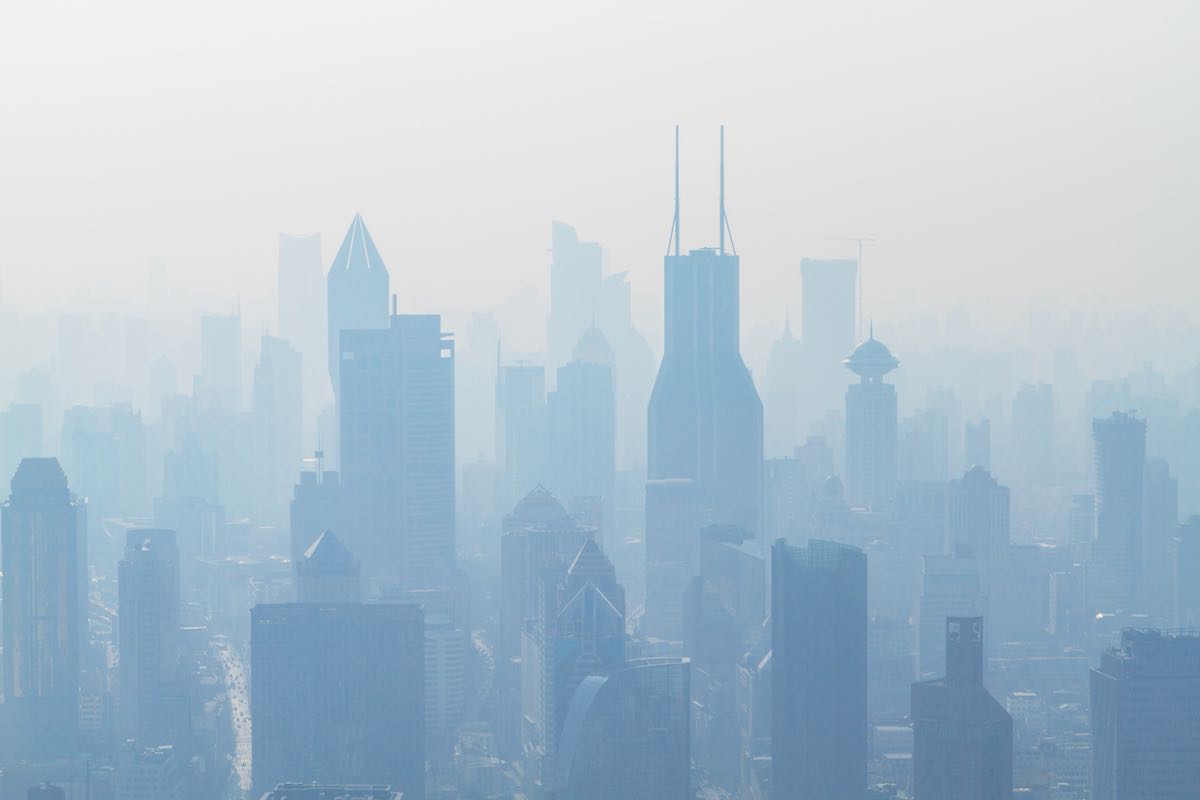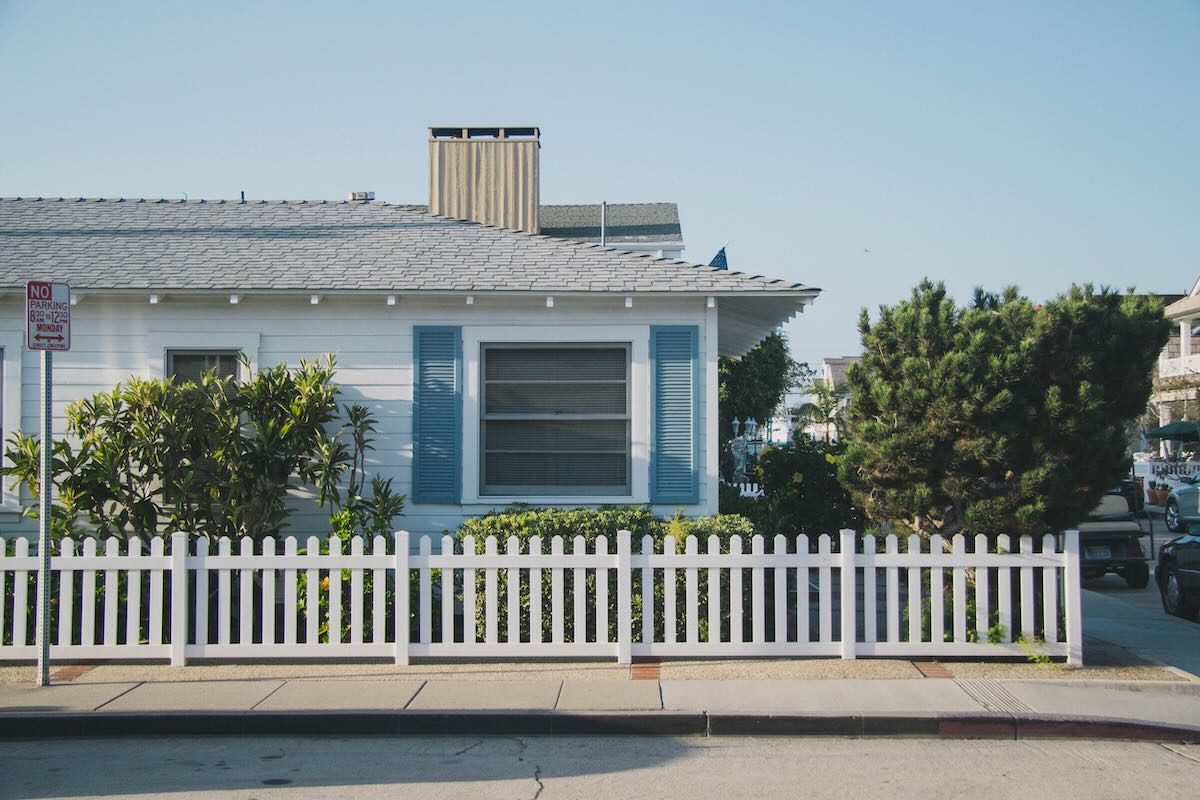Slow Travel

We really get to know the cities and areas that we travel to. Over the last several years, we have lived in and around Montepulciano for over three months. I no longer need GPS or a map to navigate most of Tuscany and Umbria. After over a month in Venice I can read a Donna Leone mystery novel and picture the San Stae vaporetto stop. We stand-up in the traghetti and eat in the back streets of the Cannaregio, just like the locals. We have spent well over a month in Florence and can make our way around all of that city. And not just its historic centre!
We know Paris well. We use the Metro and bus system effectively. The south of France and the Italian Riviera – one country has far better public toilets than the other! The hinterland town of Apricale is really another wonder of the world. Vienna has been a revelation — a wonderfully livable city with history and culture. I hope to spend more time there and to get to know all of Austria better.
We love London, it has so much history and so much « present ». We take the tube, double-deckers, the Overground , and we walk. My cousin has lived there all her life thinks we may have visited areas of the city that she hasn’t seen. I have taken my grandson to two Premiership games in heritage venues – Craven Cottage by the Thames in ritzy Chelsea and Selhurst Park in the much less ritzy Croydon. We always root for the home team even if we don’t really care who wins. But it is fun to sing along with the home side – London Calling in Fulham and the ‘60’s Dave Clark 5 hit, Glad all Over, while watching Crystal Palace.
Shorter Trips
There have been many shorter trips but we can’t claim to know Bruges, Antwerp, or Ghent as well as the Tuscan countryside. However two weeks in Italy’s Piedmont was almost enough time to hone my love of white truffles and Barolo, the king of wines. We ate at the restaurant in Bra that is the home to the Slow Food Movement. We have a soft spot for Amsterdam and for the Netherlands. Our trips to Scotland have been too short to really savour its breathtakingly beautiful countryside and to explore the place of my birth – Dundee.
No cruises, thank you!
I have never understood the one-day tourism and the collection of destinations promoted by cruise lines and tour operators. It isn’t good enough for me just to be able to say ” been there!” I like to be able to get into the rhythm of the city or village we are visiting. I like leisurely days in museums, mingling in the cafés, buying food in the markets, and even going to the grocery stores. I enjoy getting to know the locals and becoming a regular at cafes and bars. You can’t get that kind of experience when you are somewhere for a day and then back on the cruise ship or on a bus to another location in the evening.
I long to start the planning for another long, immersive trip.





